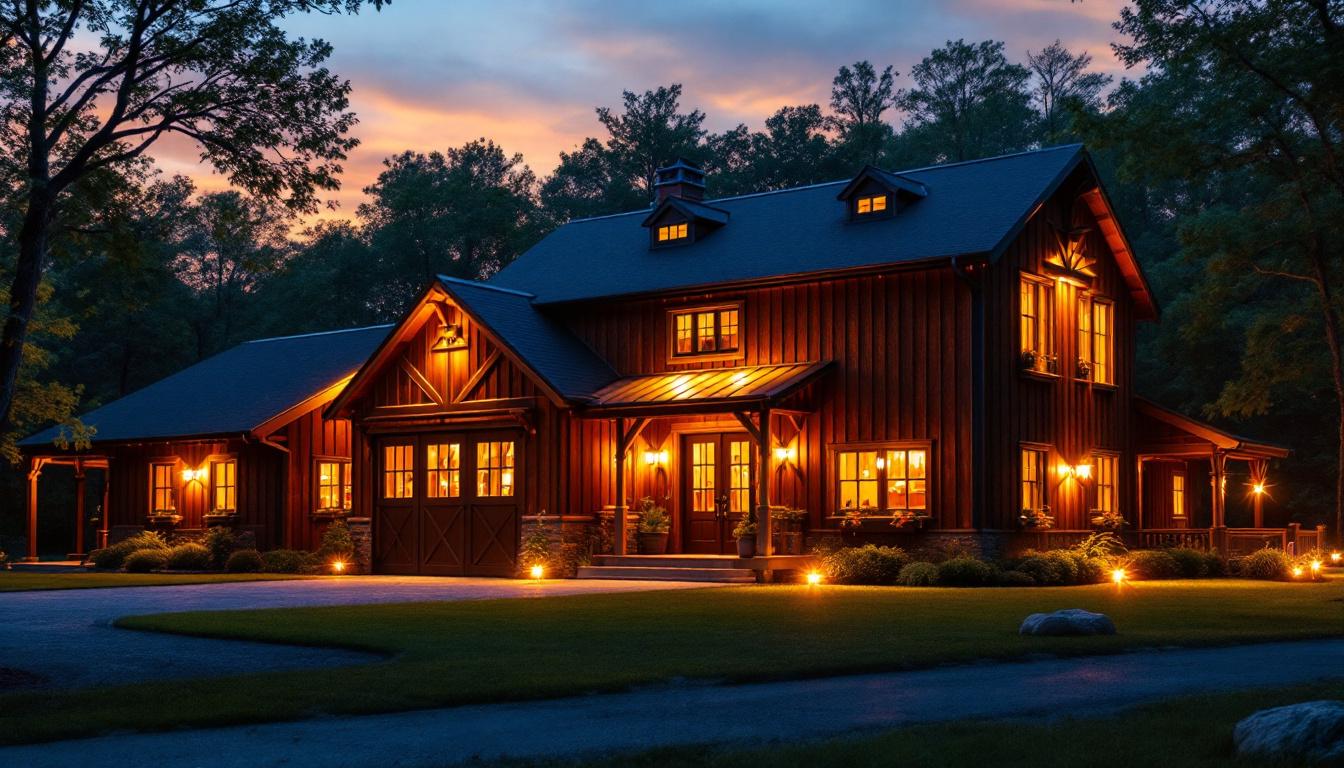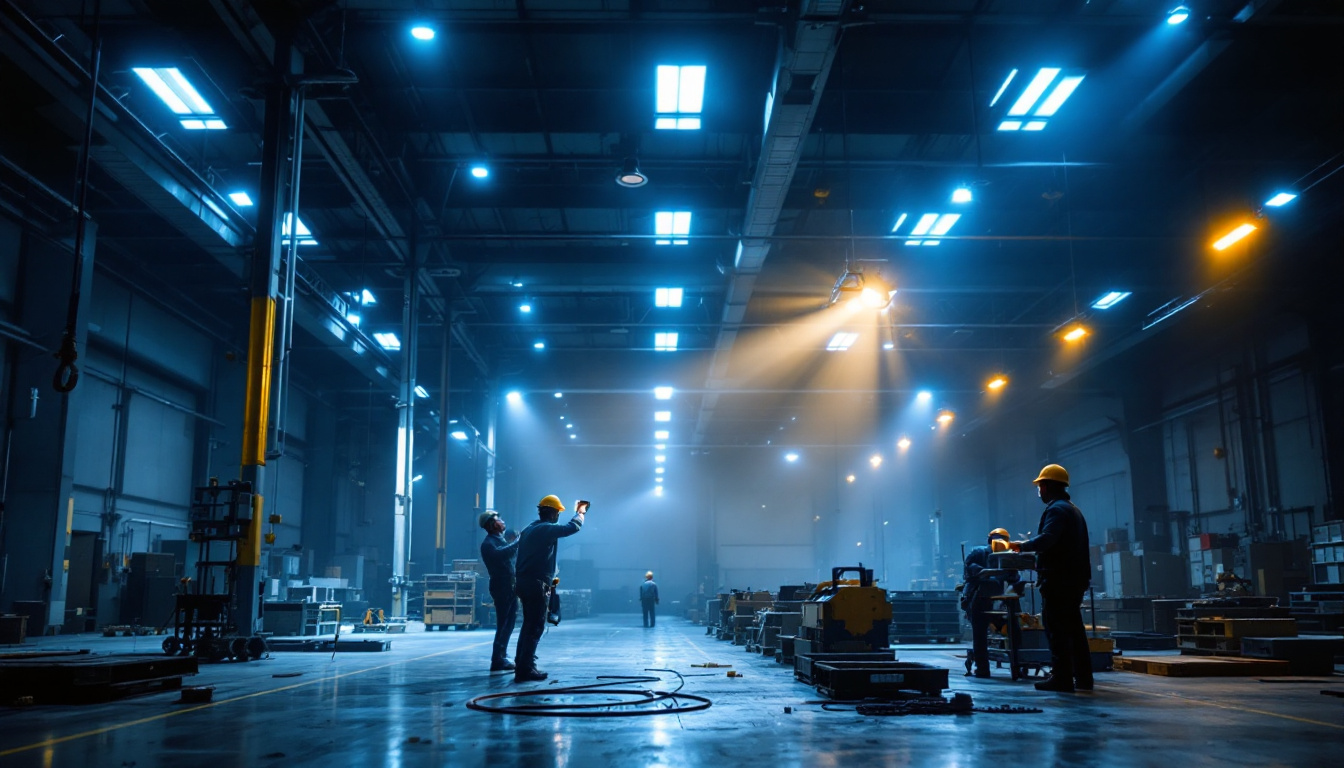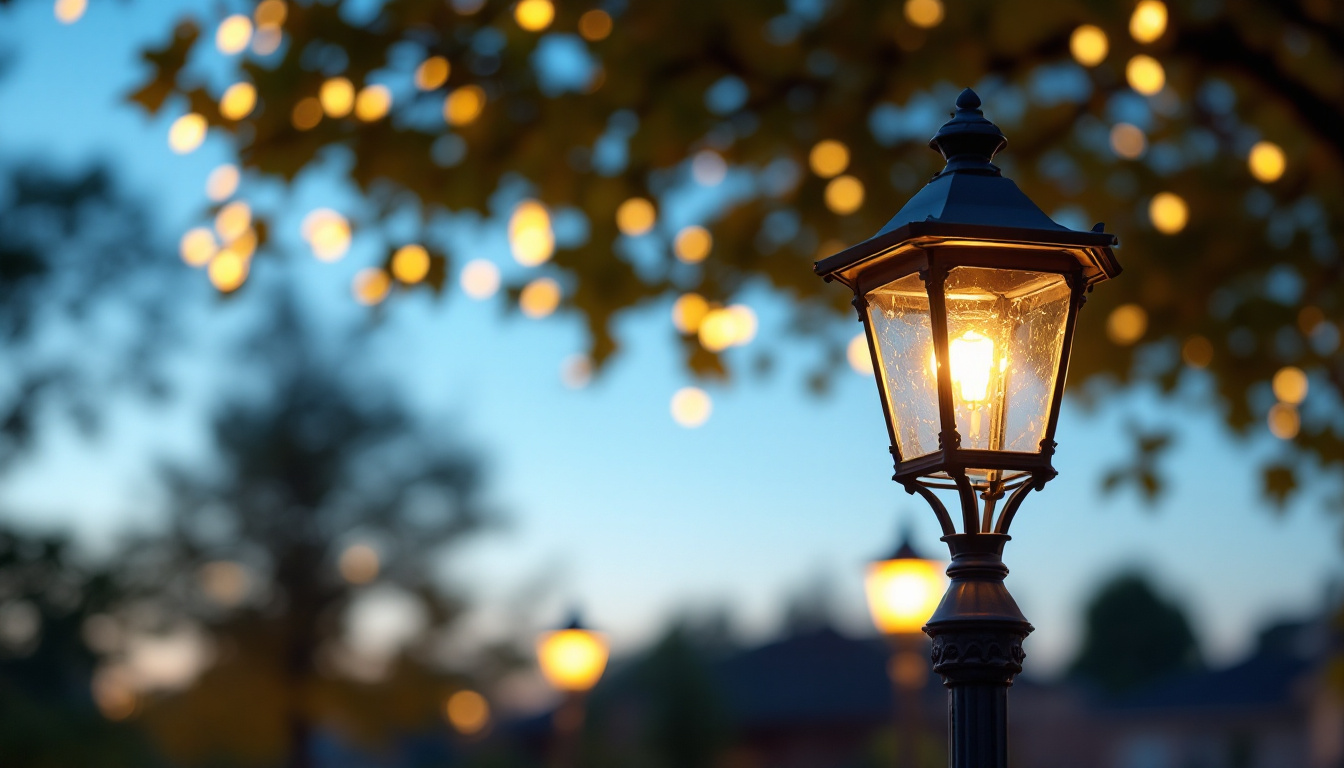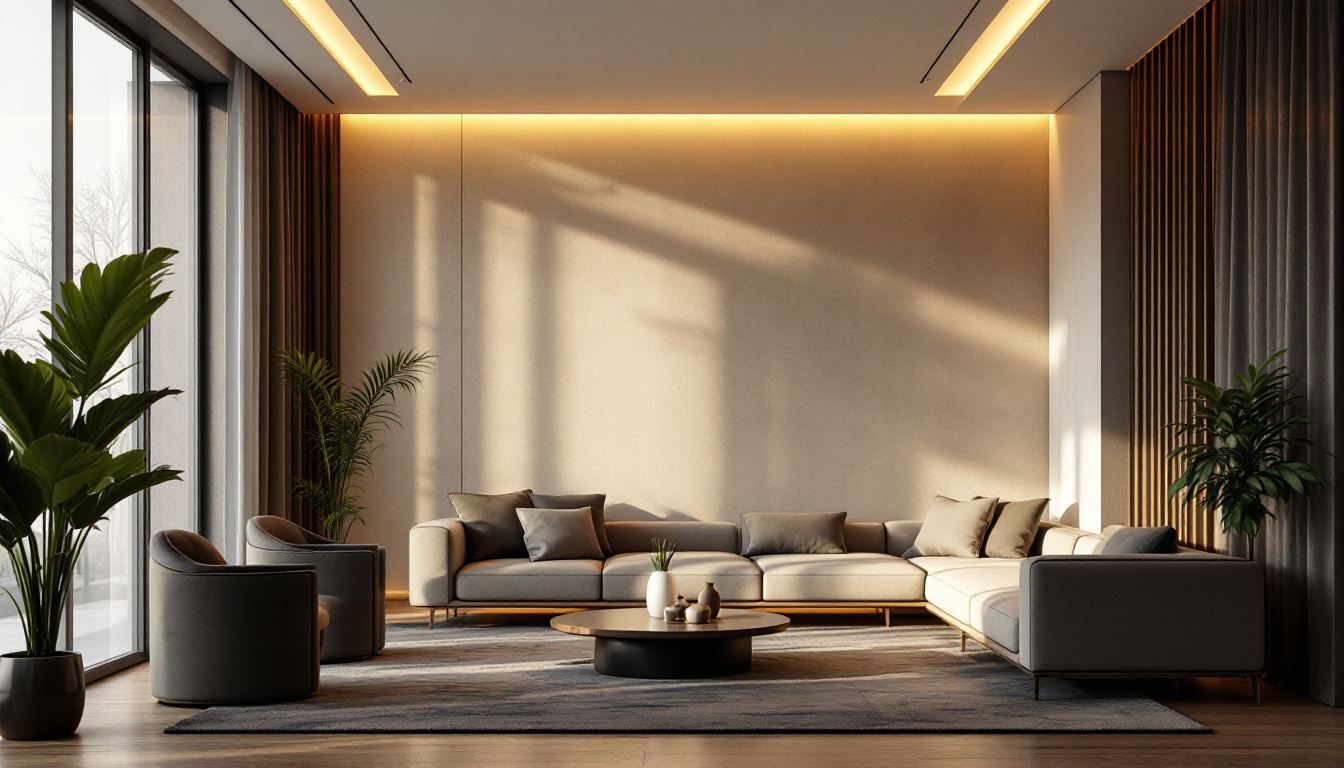
As the demand for functional and aesthetic outdoor lighting continues to rise, barn exterior lights have become a focal point in agricultural and rural settings. While the charm of barn lights can enhance the ambiance and safety of these structures, improper installation and selection can lead to various pitfalls. This guide aims to equip lighting contractors with the knowledge needed to navigate the complexities of barn exterior lighting efficiently.
Proper lighting is essential for barns not only for visibility but also for security and aesthetic appeal. Barns often serve multiple purposes, from housing livestock to storing equipment, and effective lighting can facilitate these functions. Furthermore, well-placed lights can deter theft and vandalism, enhancing the overall safety of the property. In rural areas, where barns are often located far from neighbors or main roads, the need for reliable lighting becomes even more critical. A well-lit barn can act as a deterrent to potential intruders, providing peace of mind for the owners and ensuring the safety of their animals and equipment.
Additionally, barn exterior lights contribute to the overall aesthetic of the property. The right lighting can highlight architectural features, create a welcoming atmosphere, and even enhance the property’s value. For instance, strategically placed uplights can accentuate the barn’s structure, while softer lighting can create a cozy ambiance for evening gatherings or events. Therefore, understanding the significance of barn lighting is the first step for contractors to ensure they meet their clients’ needs effectively. This knowledge allows them to recommend solutions that not only fulfill practical requirements but also elevate the barn’s visual appeal, making it a focal point of the property.
When considering barn exterior lighting, functionality should be the primary focus. This includes ensuring that the lights provide adequate illumination for various activities, such as feeding animals, loading and unloading equipment, or conducting maintenance work. The intensity and placement of lights should be tailored to the specific tasks that will be performed around the barn. For example, brighter lights may be necessary in areas where heavy machinery operates, while softer lighting might suffice in areas designated for animal care. Additionally, incorporating motion sensors can enhance functionality by providing light only when needed, thus conserving energy and prolonging the lifespan of the lighting fixtures.
Moreover, it is crucial to consider the type of lighting technology used. LED lights are becoming increasingly popular due to their energy efficiency and longevity. They provide bright illumination while consuming less power, making them a cost-effective choice for barn owners. However, contractors must also be aware of the color temperature of the lights, as this can affect visibility and ambiance. Warmer color temperatures can create a more inviting atmosphere, while cooler temperatures may be better for task-oriented areas. By selecting the right combination of lighting types and placements, contractors can ensure that the barn remains functional and visually appealing throughout the day and night.
Safety is paramount when it comes to barn exterior lighting. Poorly lit areas can lead to accidents, especially in environments where heavy machinery and livestock are present. Contractors should ensure that all pathways, entrances, and loading areas are well-lit to prevent injuries. This includes not only the immediate vicinity of the barn but also access routes leading to and from the barn, which may be used frequently during early morning or late evening hours. Proper signage illuminated by exterior lights can also guide workers and visitors safely around the property.
Additionally, it is essential to consider the placement of lights to avoid creating glare or shadows that could hinder visibility. Using fixtures with proper shielding can help direct light where it is needed most while minimizing light pollution and disruption to the surrounding environment. Furthermore, integrating smart lighting systems that can be controlled remotely can enhance safety by allowing barn owners to adjust lighting according to specific needs or conditions, ensuring that every corner of the barn is adequately illuminated without unnecessary energy waste. This thoughtful approach not only improves safety but also fosters a more efficient working environment for all who utilize the barn.
The selection of lighting fixtures is a critical aspect of barn exterior lighting. Contractors must consider various factors, including durability, weather resistance, and style. Barns are often exposed to harsh weather conditions, so choosing fixtures that can withstand elements such as rain, snow, and extreme temperatures is essential.
When selecting fixtures, materials play a significant role in their longevity and performance. Fixtures made from corrosion-resistant materials, such as stainless steel or treated aluminum, are ideal for outdoor settings. These materials not only withstand the elements but also require minimal maintenance over time.
Furthermore, the lens material is equally important. Polycarbonate or tempered glass lenses can provide better impact resistance, reducing the risk of breakage in environments where livestock or equipment may come into contact with the fixtures.
Aesthetics should not be overlooked when choosing barn exterior lights. The design of the fixtures should complement the architectural style of the barn and the surrounding landscape. Whether opting for a rustic lantern-style fixture or a modern minimalist design, the right choice can enhance the overall appearance of the property.
Contractors should also consider the color and finish of the fixtures. Neutral colors often blend well with the barn’s exterior, while bold colors can make a statement. The goal is to strike a balance between functionality and visual appeal.
The layout and placement of barn exterior lights are crucial for achieving optimal illumination. A well-thought-out lighting plan can enhance safety, functionality, and aesthetics. Contractors should conduct a thorough assessment of the barn’s layout and the surrounding areas to determine the best lighting strategy.
A lighting plan should take into account the specific needs of the barn and its surroundings. This includes identifying key areas that require illumination, such as entrances, pathways, and workspaces. By mapping out these areas, contractors can determine the type and number of fixtures needed to achieve adequate lighting.
Additionally, contractors should consider the spacing between fixtures. Too much distance can create dark spots, while fixtures placed too close together can lead to excessive brightness and glare. A balanced approach will ensure even illumination throughout the area.
Employing various lighting techniques can enhance the effectiveness of barn exterior lighting. For instance, ambient lighting provides general illumination, while task lighting focuses on specific areas where activities occur. Accent lighting can be used to highlight architectural features or landscaping, adding depth and interest to the overall lighting design.
Moreover, incorporating motion sensors or timers can enhance the functionality of barn lights. Motion sensors can activate lights when someone approaches, providing additional safety and convenience. Timers can ensure that lights are only on when needed, contributing to energy efficiency.
Even experienced lighting contractors can encounter pitfalls when designing and installing barn exterior lighting. Awareness of these common mistakes can help ensure successful projects and satisfied clients.
One of the most significant pitfalls is failing to consider local regulations regarding outdoor lighting. Many areas have specific guidelines related to light pollution, fixture height, and brightness levels. Not adhering to these regulations can lead to fines and the need for costly adjustments after installation.
Contractors should familiarize themselves with local codes and guidelines before beginning any project. Consulting with local authorities or reviewing zoning regulations can provide valuable insights into what is permissible in the area.
In today’s environmentally conscious world, energy efficiency is a crucial consideration. Selecting fixtures that consume excessive power can lead to high energy bills for clients and may not align with sustainable practices. Contractors should prioritize energy-efficient options, such as LED lights, to promote sustainability and cost savings.
Additionally, contractors should educate clients about the benefits of energy-efficient lighting, including lower operational costs and reduced environmental impact. This knowledge can enhance the contractor-client relationship and position the contractor as a knowledgeable professional in the field.
Once barn exterior lights are installed, ongoing maintenance is essential to ensure their longevity and performance. Regular inspections and upkeep can prevent issues and prolong the life of the fixtures.
Contractors should recommend a maintenance schedule to clients that includes regular checks of the fixtures, lenses, and wiring. Cleaning lenses and fixtures can enhance light output and prevent dirt buildup that can diminish performance over time.
Additionally, it is crucial to check for any signs of wear or damage. Addressing issues promptly can prevent more significant problems down the line and ensure that the lighting remains effective and safe.
Educating clients about the importance of maintenance can empower them to take an active role in caring for their barn exterior lights. Providing them with simple tips, such as cleaning schedules and signs of potential issues, can foster a sense of responsibility and ensure the lighting system remains in optimal condition.
Designing and installing barn exterior lights is a multifaceted task that requires careful consideration of various factors, from functionality to aesthetics. By understanding the importance of proper lighting, selecting the right fixtures, and avoiding common pitfalls, lighting contractors can create effective and appealing lighting solutions for their clients.
Furthermore, ongoing maintenance and education are vital for ensuring the longevity and effectiveness of barn lighting systems. By providing clients with the tools and knowledge they need to maintain their lighting, contractors can build lasting relationships and establish themselves as trusted professionals in the field.
In the ever-evolving world of outdoor lighting, staying informed about the latest trends and technologies will also benefit contractors. Embracing innovation while adhering to best practices will ensure successful barn exterior lighting projects that meet the needs of clients and enhance the beauty and functionality of rural properties.
Ready to elevate your barn exterior lighting projects with the finest selection of spec-grade fixtures? Look no further than LumenWholesale, where we provide contractors with exceptional lighting products at unbeatable wholesale prices. Say goodbye to local distributor markups and hello to a vast array of industry-standard lighting solutions that promise reliability and high performance. With free shipping on bulk orders, LumenWholesale is your go-to source for premium lighting without the hidden fees. Make your next project shine by choosing the perfect blend of quality, affordability, and convenience. Discover Wholesale Lighting at the Best Value today and light up your work with confidence.

Discover why lighting contractors are turning to high bay LED lights with 30,000 lumens for superior illumination.

Discover the essential facts about lamp post lights for outdoor spaces in this comprehensive guide tailored for lighting contractors.

Discover essential tips from lighting contractors on maximizing the efficiency of outdoor dawn-to-dusk lights.

Discover innovative strategies and cutting-edge technologies employed by smart lighting contractors to transform ordinary spaces into extraordinary environments.